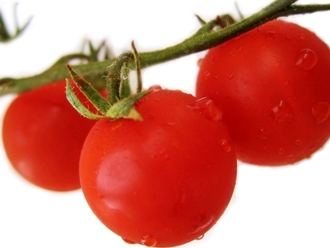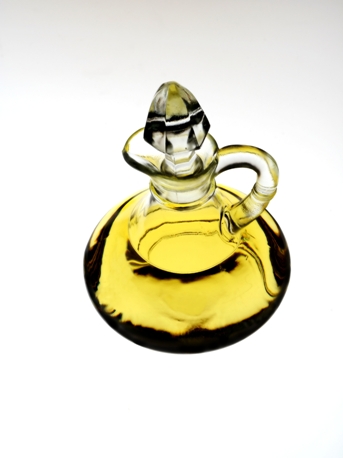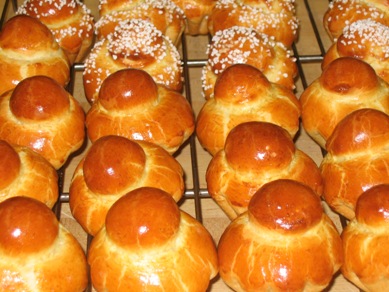McCormick® Unveils 10th Anniversary Flavor Forecast™
Saturday, 27 February 2010 14:34
 Milestone report features top 10 flavor pairings and leading trends that will define 2010.
Milestone report features top 10 flavor pairings and leading trends that will define 2010.
The flavor experts at Hunt Valley, Md.-based McCormick have teamed up with leading chefs, food bloggers and other culinary authorities to identify the top 10 flavor pairings and key trends that are poised to shape the way we eat in the year ahead. The McCormick® Flavor Forecast™ 2010 marks a milestone: It’s the 10th anniversary of prolific flavor reports from the industry leader.

 Though easy to make, infusing oils adds much to the classroom and curriculum.
Though easy to make, infusing oils adds much to the classroom and curriculum. By hiding the science in the pure joy of handling dough that has baked into pastries, you can increase students’ understanding and awareness of the baking process.
By hiding the science in the pure joy of handling dough that has baked into pastries, you can increase students’ understanding and awareness of the baking process. Sometimes it’s all about language. Here are resources for teaching energy and water savings without having to use the “s” word.
Sometimes it’s all about language. Here are resources for teaching energy and water savings without having to use the “s” word. Of the five most common risk factors for causing foodborne illness, three are issues for the front of the house.
Of the five most common risk factors for causing foodborne illness, three are issues for the front of the house.